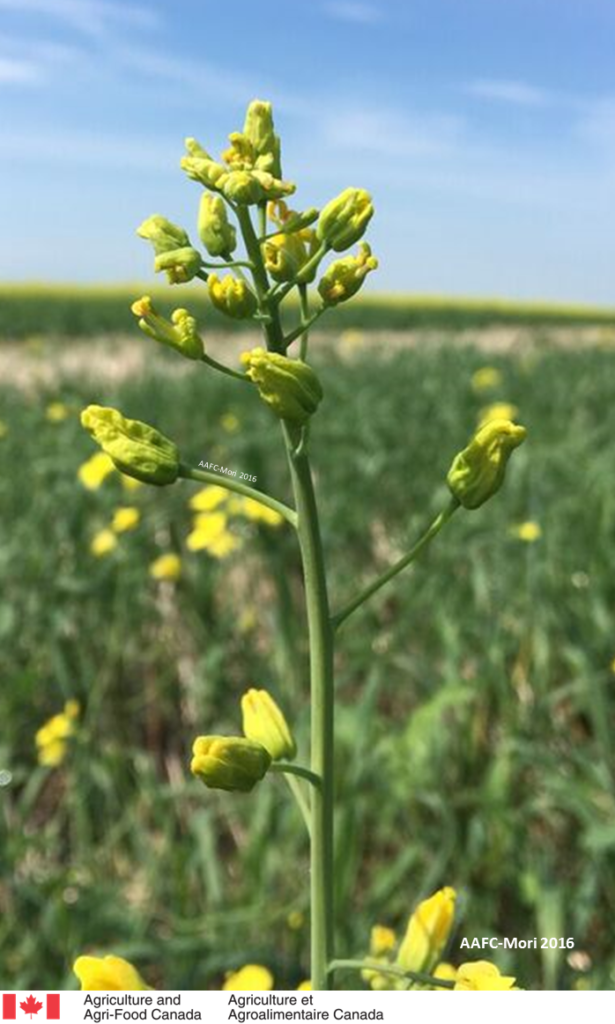Greetings!
We’ve updated a few items on the Blog this week! Please take a moment to review the short series of Blog Posts put up today.
Winter Update – Why we exist, who we are and a few other things….
NEW – The Blog has been updated with an “About Us” Page. Readers can find information about the Prairie Pest Monitoring Network and its supporters. Additional information concerning accessing the Blog’s information and its intent is also posted on this Page.
SHARE THIS POST
Winter Update – Archive activity coming soon!
Blog housekeeping will continue early in January….
The “viewable” PDF versions of the 2017 Weekly Updates will come down at the end of December 2017 on our WEEKLY UPDATE Page. At the beginning of January 2018, we will archive those files and reduce them to a series of hyperlinks. That activity may affect people who bookmarked the specific PDF during the growing season!
Rest assured, all the PDFs for 2015, 2016 and 2017 will still be available after December 31st – just return to the Weekly Update page and scroll down to access the appropriate hyperlink.
SHARE THIS POST
Winter Update – Recent scientific poster
Research conducted by the Prairie Pest Monitoring Network was recently presented at the 2017 Joint Annual Meetings of the Entomological Society of Canada and Entomological Society of Manitoba. A PDF copy of that poster is now accessible on our Research Page. Thank you to the authors and their many cooperators!!
SHARE THIS POST
New insect species found in canola flowers in Saskatchewan and Alberta
Researchers at Agriculture and Agri-Food Canada’s Saskatoon Research and Development Centre (SRDC), along with colleagues at the University of Guelph, Alberta Agriculture and Forestry, and the Canadian Food Inspection Agency found a new insect damaging canola in northeastern Saskatchewan and east-central Alberta. The new species, a midge, which has yet to be named and scientifically described, belongs to the genus Contarinia. It is similar in appearance to the swede midge, Contarinia nasturtii, commonly found in Ontario.
Currently, the only confirmed symptom of damage by this insect are “bottle”-shaped galled flowers that form as a result of larval feeding inside flowers. Damaged flowers do not produce pods or seeds.
How the new species was confirmed
For years there have been accounts of differences between swede midge populations in Saskatchewan and Ontario, including adult size, the number of generations per year, and the type and amount of damage reported. These hints, combined with extremely low capture rates of adult swede midge in pheromone-baited traps in Saskatchewan despite apparently high rates of adult swede midge emergence caught the attention of Dr. Boyd Mori, a trained chemical ecologist and new research scientist at the SRDC.
Dr. Mori collected adult midges from soil emergence cages and reared larvae found in infested flowers. The resulting adult midges were sent to preeminent North American swede midge researchers at the University of Guelph, Dr. Rebecca Hallett and James Heal who immediately noticed differences between the midge from Saskatchewan and swede midges from Ontario: midges from Saskatchewan were more robust, had hairier wings and had slight differences in the antennae and genitalia compared to the swede midge.
These differences were confirmed by midge expert Dr. Bradley Sinclair with the Canadian Food Inspection Agency in Ottawa who also found several other physical differences. Using morphological differences, and DNA sequencing, the researchers concluded that the Saskatchewan midges were a separate species from the swede midge.
Economic Importance
While midge damage observed in Saskatchewan in 2016 appeared to be low in most fields, the economic impact of the new Contarinia midge is not known. Understanding pests and pest management is a priority of Agriculture and Agri-Food Canada and work is underway to formally describe and name this new species.
Questions? Contact Dr. Boyd Mori or Dr. Meghan Vankosky
Link here to access a brief bio for Dr. Boyd Mori and Dr. Meghan Vankosky.


